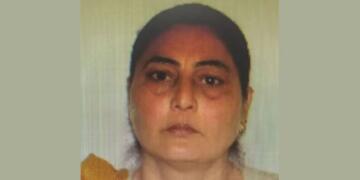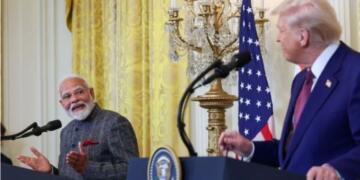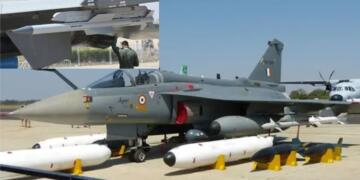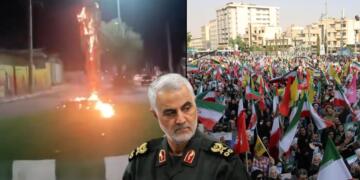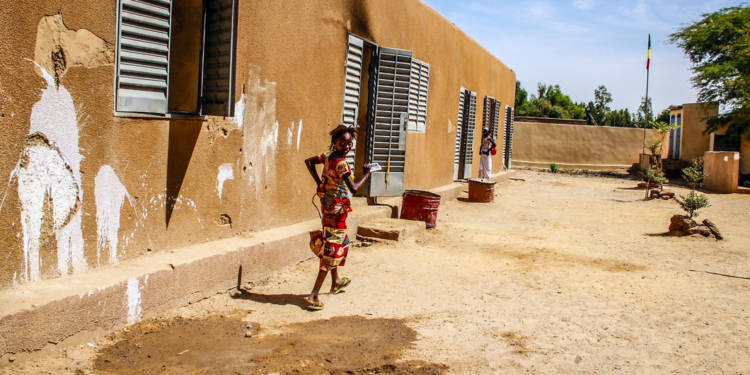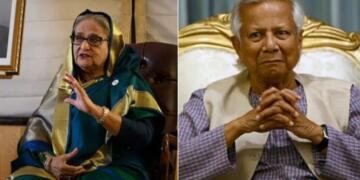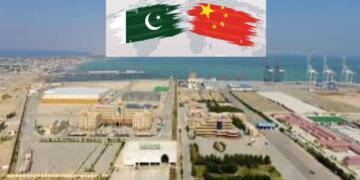France has recently announced that it will send 600 more troops to the Sahel region in Africa in order to boost its 4500-strong operation in Mali and four other countries in the African Region.
This has brought into the spotlight the conflict-ridden and most troubled region of Africa that stretches over an area of 3,860 kilometres. Located in the immediate South of the Saharan Desert and lying North to Tropical Africa, the region stretches East-West across Africa.
In terms of geography and climate, the Sahel region lies at a transitional zone, with the Sahara desert in the north and the tropical rain-forests in the south. Hence, with a semi-arid topography, the Sahel climate extremely unpredictable, with dry and hot weather conditions further marred by a history of frequent droughts. This shapes it perfectly for socio-economic and socio-political conflicts.
Rich in resources, from gold to oil and other mineral resources, the region is also subject to interference by superpowers, be it the USA, Europe or China, all which have elaborate geopolitical goals here. This makes it all the more prone to ethnic conflicts.
Some of the most disturbed countries of Africa are found here as the Sahel region of Africa includes Senegal, Mauritania, Mali, Burkina Faso, Algeria, Niger, Nigeria, Cameroon and Central African Republic, Chad, Sudan, South Sudan, Eritrea and Ethiopia.

The countries that lie in this region are often in the global spotlight for all the wrong reasons. Famines, religious terrorism, social unrest and anti-state rebellions have been the causes of misery across several countries falling in this Sub-Saharan African Region.
Mali, for instance, has been severely affected by Islamic extremism. Al-Qaeda affiliate al-Mourabitoun group, which operates from the country has inflicted dozens of attacks in the country. It has also carried out attacks in the neighbouring Burkina Faso.
Mauritania, another troubled country in the Sahel region has been traditionally affected by intense political violence having witnessed a never of coups that brought it on the brink of State collapse. The country remains precariously stable and also battles violent extremism.
Nigeria is, of course, facing the wrath of the Islamic State in West Africa (Boko Haram). Despite claims of having Boko Haram having been defeated, the Islamist group is far from being exterminated. It is true that the group no longer enjoys the extent of territory that it enjoyed in 2014 and 2015 when it was declared the deadliest terror group in the world. It has claimed fewer lives too, but Nigeria continues to face a looking threat of plunging into similar crisis all over again.
This political instability and frequent tensions affect almost all countries in the region. Niger, in its 50 years of Independence, too has been hit by two armed rebellions, four coups and seven governments.
What further aggravates the crisis situation in the region is the fact that the region is characterised by porous borders, and as such a crisis situation in one of the countries tends to spill over across the borders into the neighbouring territories. Therefore, a political or security crisis in one of the countries often leads to larger repercussions for the entire region.
While frequent famines, weak State institutions, political and security instability, and a harsh, taxing climate have shaped the Sahel region almost perfectly for social strife and unrest, the empirical reason behind the precarious condition of the region is the Christian-Muslim conflict that dominates the region.
Till 1900, both these religious faiths- Christianity and Islam did not have much presence in the region. At the end of the twentieth century, the two faiths formed less than a quarter of the total Sub-Saharan African population. The majority, on the other hand, practised traditional African religions.
Today, the population of Muslims in the region has risen twenty-fold from around 11 million in the year 1900 to 234 million and that of Christians has risen even faster from 7 million to 470 million since 1900. Strong missionary presence here is pushing back at the overwhelming Arab influence proliferating from the north.
A sizeable population of Christian and Islamic adherents- 21 per cent and 15 per cent respectively inhabit this region, making it a prolific ground for religious conflict, making the region a prolific ground for religious and social strife.
What further worsens the situation is the critical geographical position of the region. While Northern Africa is heavily Muslim consisting of 400 million Muslims, Southern Africa is heavily Christian consisting of 500 million Christian adherents.
Sandwiched between the Christian South and Muslim North is the Sahel region straddling the African continent, something that is also the main factor which fuels religious and social unrest in the region.
Take, for instance, Sudan which perfectly characterised this North-South, Arab-Tribal or Muslim-Christian divide. Sudan faced a brutal, heart wrenching civil war for a period of 22 years. Sudan, a former British colony, was partitioned in 2011 when the oil-rich South Sudan separated from what used to be the largest African nation.
The conflict in Sudan was fuelled by a bitter conflict between a Muslim, Arabic speaking majority in the North and rebels, mostly Christian or even followers of traditional African religions in South Sudan.
This template is not peculiar to Sudan but finds its markings over the entire Sahel region. Burkina Faso too is severely affected by Islamism and attacks on Christian worshippers that have had a significant impact on the country, reducing it into a hotbed of religious extremism from the peaceful country that it used to be.
Attacks orchestrated by Al-Qaeda and the Islamic State have led to large-scale migration in Burkina Faso again manifesting how the mixed demography of the region further aggravated by the dichotomy in the religious composition of Northern Africa and Southern Africa have been the root causes behind the unrest in Africa’s Sahel region.
Another dominating characteristic of the region has been its rich deposits of natural resources, minerals and oil, resources that fuel the growth of European competitors across IT and several other sectors. This also explains why the 10-country region which was traditionally dominated by European Powers even today the region occupies a strategic position as the venue for intense competition for natural resources.
While the region got rid of French colonialism in the 1950s, the euphoria was short-lived as France retained most of its bases and influence over the countries in the region, even after the demise of its colonial empire which took place in the backdrop of chaos and social strife that continues to dominate Sahel till day.
Rising temperatures, frequent famines, deteriorating geographical conditions and a bitter colonial past owing to its rich minerals, oil deposits are all contributing factors, while the Christian-Islamist confrontations are at the root cause of Sahel’s misery.
For many years now, the socio-religious conflicts in the region have been the immediate cause of Arab influence from Northern Africa with countries like Libya, Morocco, Egypt and the extremely powerful and effective West Asian Arab nations.
With a Christian-Muslim demographic mix, there has been a conscious effort to impose Islamism by an Arab dominated Northern Africa. It has manifested itself in deadly militant outfits and terror groups like Boko Haram wreaking havoc in the Sahel, which has been pushed back by the Christian majority in Southern Africa. Sandwiched between the two, Sahel has emerged as the most conflict-ridden, troubled part of the African continent.


